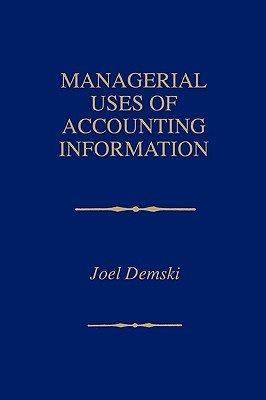decision analysis and value of information Ralph is contemplating four possible choices, c1everly labeled one, two, three,
Question:
decision analysis and value of information Ralph is contemplating four possible choices, c1everly labeled one, two, three, and four. The outcome of any choice depends on the state of the economy. For analysis purposes, Ralph models this as four equaIly likely states, imaginatively denoted Sl' ~, S3' and S4. (Think of this as various eombinations of weather and consumer expectations, for example.) The net gain to Ralph, as a function of the option chosen and state of the economy, is displayed below:
one two three four Sl ~ S3 S4 100 90 30 20 30 20 100 90 30 150 30 30 30 30 30 150 If number three is selected, for example, and state ~ occurs, a net gain of 150 will result. Of course, the states are uncertain; number three thus offers a .25 probability of a 150 gain and a .75 probability of a 30 gain. Ralph is risk neutraI in this exercise, except in part [b].
a] Draw a decision tree for Ralph; lahel all choiees, outcomes, and probabilities.
b] Calculate the expected utility for Ralph for eaeh of the four ehoices. Assume here, and only here, that Ralph is risk averse with utility measured by the square root of the gain. What is the certain equivalent for each of the choices?
e] Calculate the expected utility for Ralph for each of the four choices. Assume here and for all remaining parts of the exercise that Ralph is risk neutraI.
d] Suppose before acting Ralph can le am, from an expert forecaster, whether the state of the economy will be in {Sl,S3} or will be in {~,S4}. Notice the mnemonic of
"odd" or "even." If the forecaster says odd, for example, then Ralph knows the state IWS maximum amount is called the value of the infonnation. Under risk neutrality it is the expected value of the outcome when using the information, less the expected value of the outcome when denied the information.
will be sl or S3, just not which one. What is the maximum amount Ralph would pay for this forecaster' s service?
e] Suppose instead of the "odd" or "even" story a second forecaster is able to forecast whether the state will be in {Sl,S2} or in {S3,S4}. Notice the mnemonic here of "low" or "high." What is the maximum amount Ralph would pay for this second forecaster's service? This should be answercd on the assumption Ralph does not hire the first forecaster.
f) Finally, suppose the two forecasters jointly approach Ralph and offer to combine their services. What is the maximum amount Ralph would pay for the joint foreeasting service?
g] You now have three value of information calculations: the first souree, the second souree, and the two sourees together. Notice additivity is not present. The sum of the first two values does not equal the third. Why is additivity not present here?AppendixLO1
Step by Step Answer:





